Engagement, asking for your beloved’s hand, and marriage are conducted in different ways according to a country and its culture. Thus, even though there are some similarities between some customs or traditions, each place — and even each region — can have its own peculiarities and singularities.
Love is present all around the world, and sometimes the way it’s shown or formalized may be quite original. That’s why we at Bright Side have brought you a sample of some distinctive traditions from different countries.
1. France
It’s customary for the ring used in the marriage proposal to be a family heirloom inherited or offered by the parents of the groom. Once the proposal has been accepted, the bride and groom can decide whether they wish to make some alterations to the ring (in which case they must ask for the family’s authorization). If only the stone was given, they can choose the ring setting of their preference.
2. Guatemala
According to Guatemalan tradition, the groom requests the authorization to get married from the bride’s parents. In an attempt to get their approval, the suitor will present food baskets and organize dances and dinner parties.
3. Scotland
In this country, men needed to prove their worth by going through a series of trials during a ceremony known as The Beukin. The obstacles and tasks were decided by the bride’s father. If the prospective groom was able to successfully complete them, then the couple could get married.
4. Russia
The proposal used to be made during a small family gathering, usually at a dinner party. There, the parents from both families met and, in the old days, they would sign a contract which specified a wedding date. The ring could be offered during that official proposal — otherwise, the engaged couple would select it together.
5. China
As part of the wooing, the bride’s parents receive a series of presents from the groom’s family. If the suitor is considered to be a good candidate, they present a paper containing the date and hour of the bride’s birth. The suitor’s family has to place it on an altar for 3 days. If nothing bad happens during that time, then the bride and groom are allowed to get married.
6. United Arab Emirates
The tradition in this country is rather strict, and a series of protocols and rules have to be followed. The groom has to express his feelings and intentions to his own mother so that she will then approach the bride’s mother and ask for her daughter’s hand in marriage. When the proposal is accepted, they need to agree on the dowry that the bride will receive to organize the wedding and buy the jewelry. These jewels, chosen by the bride and her mother, stand out due to their opulence and are presented during the ceremony.
7. Japan
The ceremony where the couple gets formally engaged is called yuino and consists of a meeting between both families. During this gathering, they exchange 9 gifts wrapped in rice paper. These symbolize their feelings and good intentions for the prospective marriage. Occasionally, ema plaques or boards are presented in the hopes that the marriage will be fruitful and successful.
8. Ireland
The Irish tradition revolves around a ring named Claddagh, which has a heart with a crown motif held by 2 clasped hands. This is a piece of jewelry that is full of symbolism, since the heart represents love — and the hands, friendship, and the crown, loyalty.
9. Mexico
Wedding proposals in Mexico are centered around seeking acceptance from the bride’s father and family. Moreover, it’s quite common for the suitor to deliver a short speech about the couple’s love story and his wishes for their future marriage, as well as something regarding his in-laws.
10. Thailand
In the Thai culture, it’s customary for one of the groom’s best friends to ask the father of the bride for her hand in marriage in what is known as thong mun or “gold engagement.” In this case, the dowry used to consist of a large amount of jewelry (mostly made of gold) and money.
11. India
Indian customs dictate that the family of the bride is in charge of accepting the proposal. An event known as mangni or nischitartham takes place, which is attended by family members from both families. Several rituals are performed and there’s an exchange of vows for the couple to become formally engaged. It’s also quite common, as part of the engagement, for the bride to get a series of mehndi or henna tattoos 2 or 3 days before the wedding.
What kind of marriage proposals are there in your country? How was your proposal?
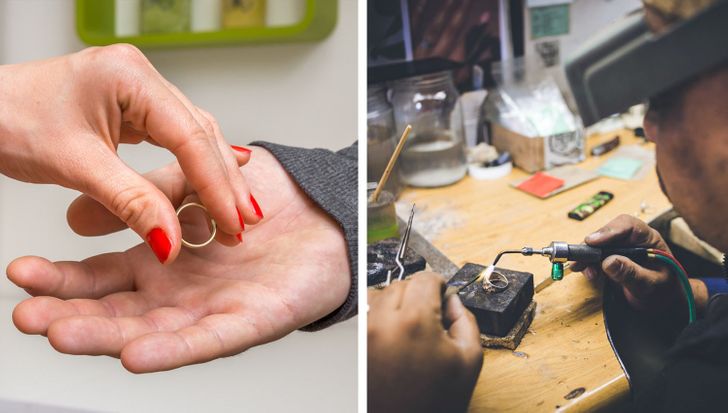
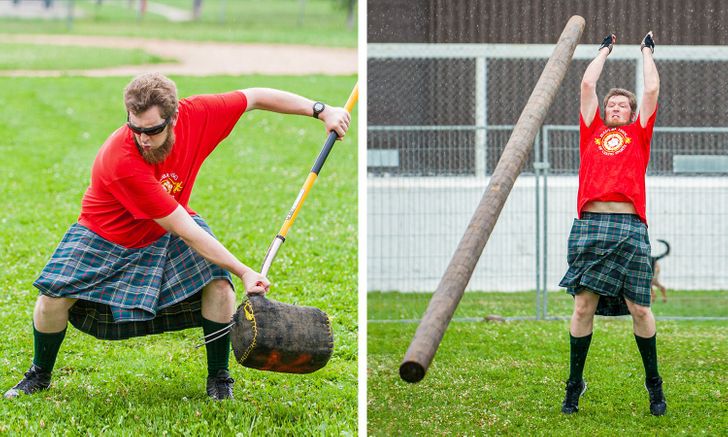



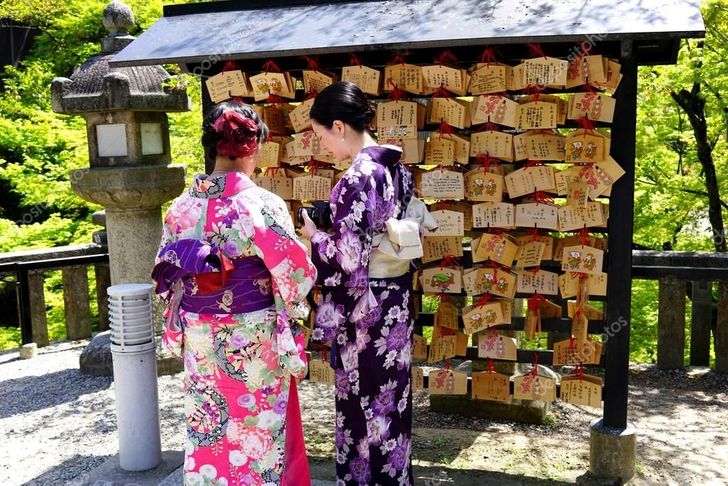
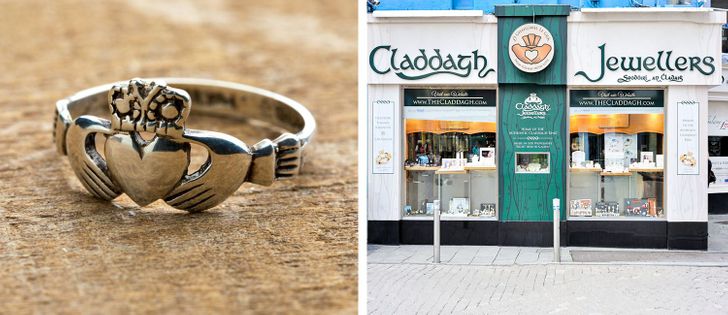
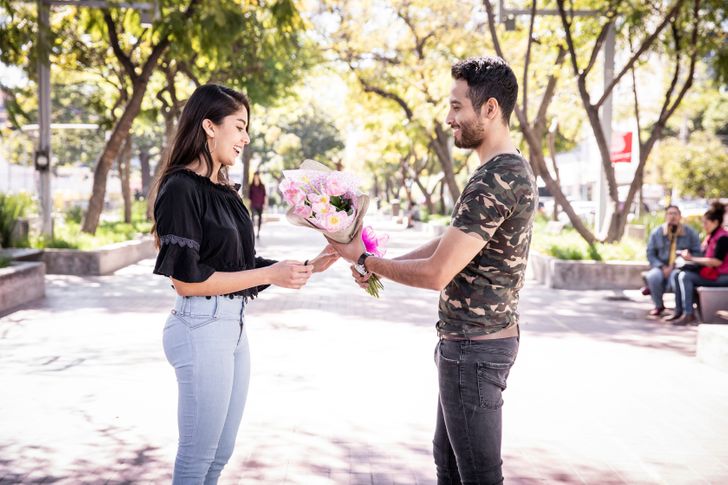
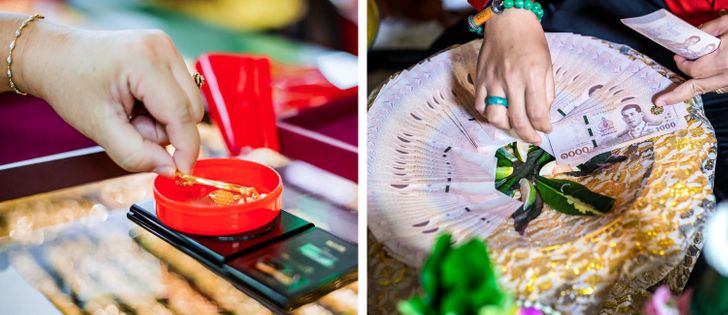
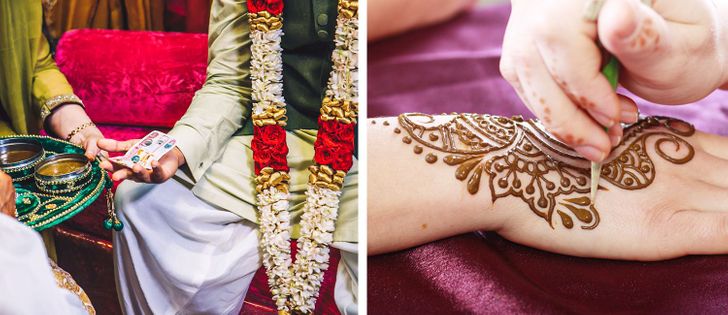
Comments
Post a Comment